What people say about visiting Anneberg Sugar Mill Ruins:
“Easy walk to a very interesting place. You can feel the history as you stroll through the ruins. The views are amazing as well. The two park volunteers answered a lot of our questions and were very friendly.” – SF
Your crewed charter yacht vacation on a catamaran cruise of a lifetime takes you to some of the interesting places to visit on your USVI itinerary.
Once your crew picks up a mooring ball in Waterlemon Cay, St. John, you take a wonderful stroll around the bay to the ruins located up on the hill. The views from this popular attraction are just amazing as you look back over the British Virgin Islands and Leinster bay.
There is a small fee to enter the ruins as it is part of the National Parks of the USA. You will be able to walk around the ruins, without sitting or walking on the actual ruins. This is a great place to spend before lunch and then return to your charter yacht for some swimming, snorkeling around the cay, water sports, or just relaxing on the beach.
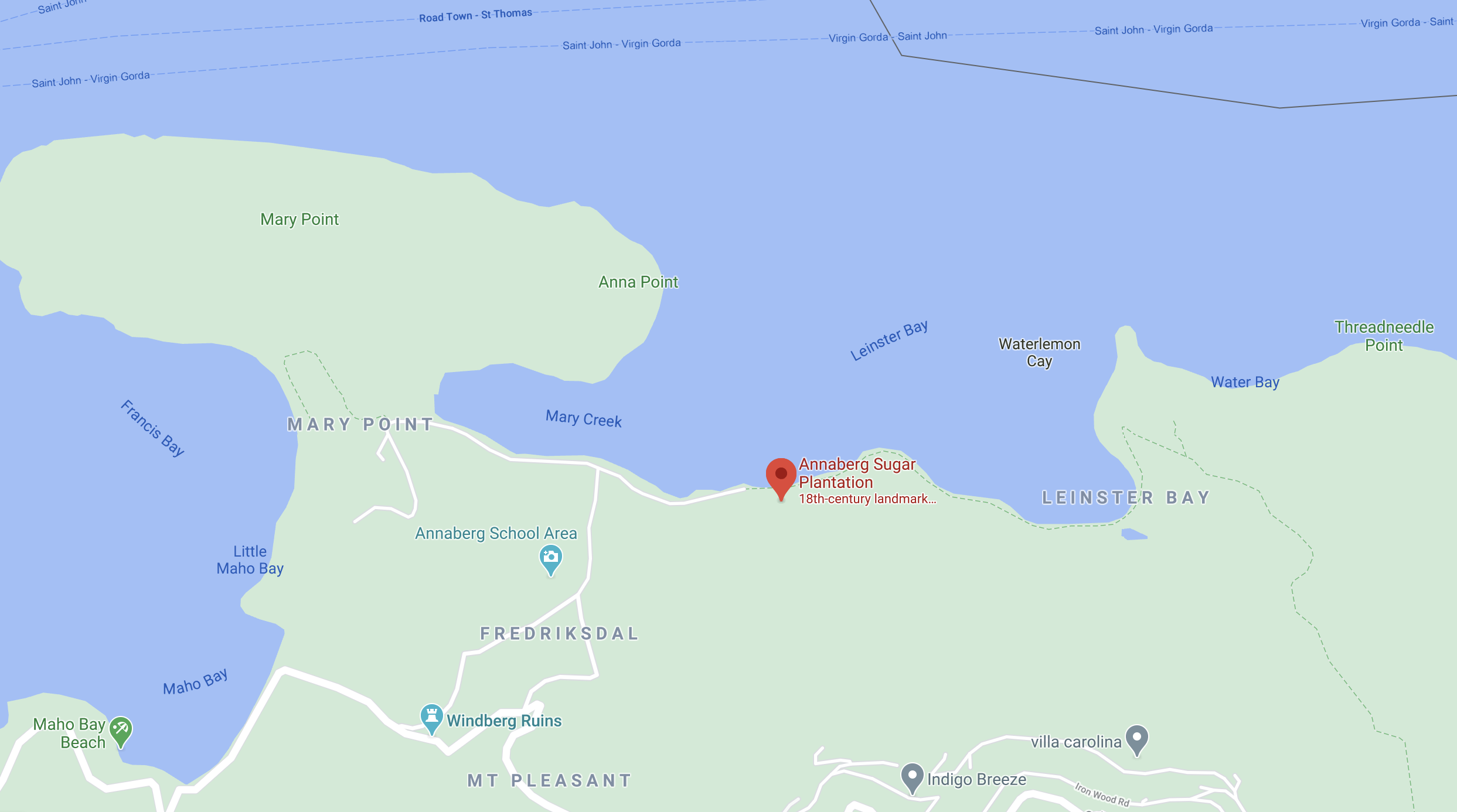
INFORMATION ABOUT ANNABERG SUGAR MILL RUINS PROVIDED BY VI NOW
Annaberg Plantation, as of 1780, was one of 25 active sugar-producing factories on St. John, US Virgin Islands. Other products produced at Annaberg were molasses and rum. Annaberg was named after William Gottschalk’s daughter and translates to Anna’s Hill. Gottschalk was the plantation owner. Slave labor was used to clear densely forested hillsides and to terrace the slopes around Annaberg to make farming possible. Slave labor was also used to plant, harvest, and process sugarcane. When slavery was abolished, plantations were divided. The 518 acres that were once Annaberg Plantation were divided into smaller farms.
Today the plantation ruins are protected by the Virgin Islands National Park and are open to the public. Trees have reclaimed the hillsides around Annaberg. A trail leads through factory ruins, slave quarters, windmills,s, and other remains. Placards and signs along the trails describe how sugar was produced and discuss plantation life and the history behind sugar plantations on St. John and in particular Annaberg.
The windmill at Annaberg, one of the focal points of the site, was built possibly between 1810 and 1830 and was one of the largest in the islands. Thirty-four feet in diameter at the base and twenty feet at the top, the mill stands thirty-eight feet high. When there was no wind to work the windmill, a horse mill would be used. The horses or mules plodded in a circular motion; this turned the upright rollers in the center of the platform. Slaves passed cane stalk through the rollers and a box at the bottom caught the juice. The juice ran by gravity through gutters to the factory for processing. Three to five hundred gallons of juice could be produced in an hour.
The cane juice flowed first into a large copper kettle, where a fire was lit beneath. The excess water evaporated and workers would ladle the juice from one kettle to the next, down a line of five kettles. The juice eventually became concentrated through various levels of heating and evaporation. The concentrated juice was then placed in a box to crystallize. The crystallized brown sugar was then put in barrels that held up to 1,600 pounds of sugar. Early removal from the last heated kettle prevented crystals from forming however produced molasses that was used to make rum.
Some of the heating kettles used in the process described above are visible at Annaberg in the building photographed on the right.
Evidence of about 16 slave cabins was found in the Annaberg area. The construction of the cabins consisted of branches woven together with lime and a mud mixture. The roofs were likely made of palm leaves. The cabins deteriorated over time and are not fully standing; placards do indicate where the cabins were located and describe them.
More reviews from visitors to Leinster Bay:
“Waterlemon Cay is a small cay surrounded by a fringing reef located in Leinster Bay on Saint John, U.S. Virgin Islands. It is named after the water lemon. The cay is surrounded by a fringing reef and is considered to be one of the best snorkeling spots on the island. A trail leads from the sandy beach at Leinster Bay approximately 1 km along the point, from which is a ten-minute swim to the cay, where there is a small beach. The cay boasts a wide variety of reef fishes and coral, however, bleaching is prevalent, and the marine life has decreased in recent times. Many attribute the depletion of Coral reefs of the Virgin Islands to high rates of erosion and runoff caused by the construction boom on the Islands.”
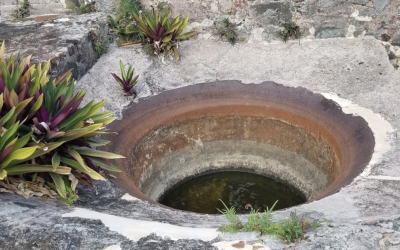
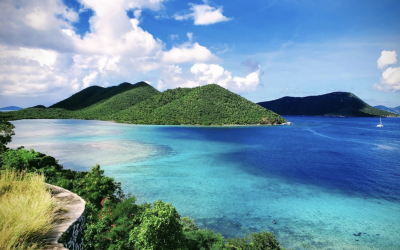
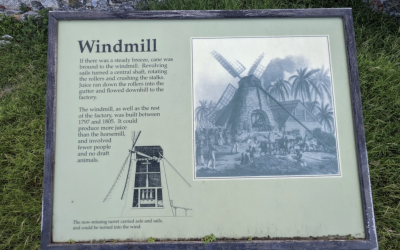
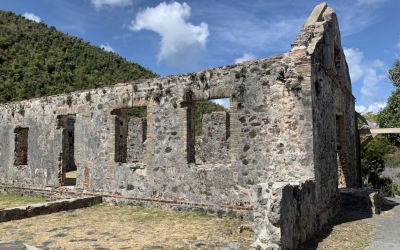
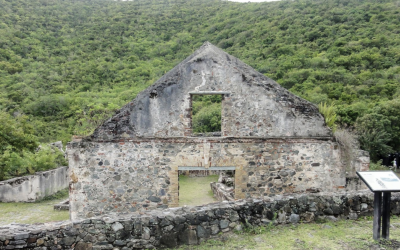
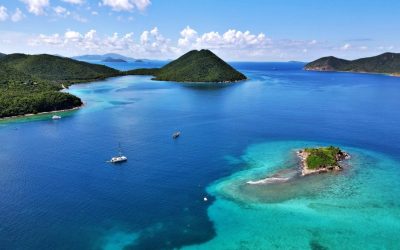
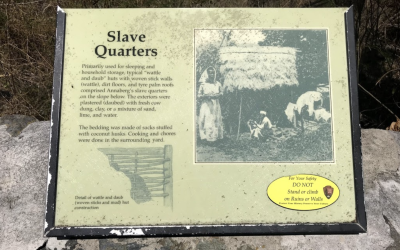
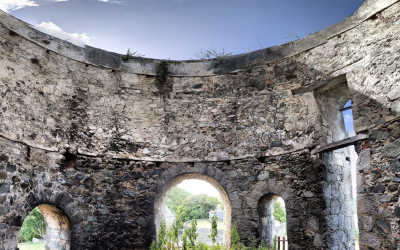
To learn more please contact the friendly & knowledgeable team at Epic Yacht Charters to get onboard a luxury Sailing or Power charter catamaran. Your Private Water Taxi or Tours can be arranged.
Contact Us NOW for availability and a personalized quote! While our service is priceless, it is always complimentary.
Email us: [email protected] Call us: (954) 543 1270 or LiveChat with us on our website and ask as many questions as you want. Thank you and wishing you Epic Adventures from Team Epic!
